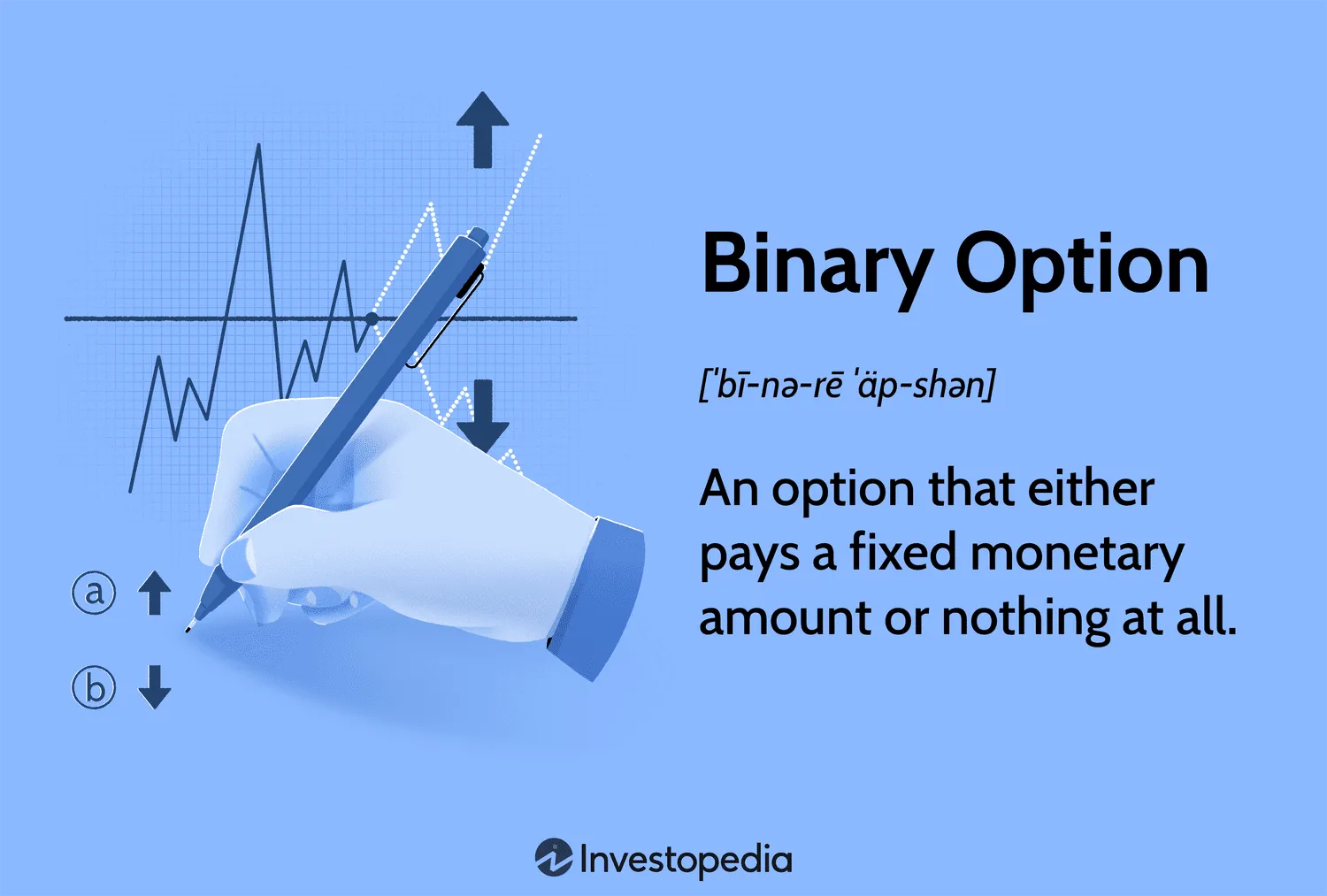Introduction
Trading options can be a lucrative way for students to explore financial markets and earn extra income. However, trading can also be risky, especially for beginners who are still learning market dynamics. Understanding how to trade low-risk options as a student is essential to protect your investment while gaining practical knowledge about trading.
This article provides actionable tips, strategies, and insights to help students engage in options trading with minimized risk, ensuring they learn effectively without exposing themselves to unnecessary financial loss.

1. Understand Options Basics
Before starting, students must understand what options are. Options are contracts that give you the right, but not the obligation, to buy or sell an asset at a predetermined price within a specified time. There are two main types:
- Call Options – Gives the right to buy an asset at a fixed price
- Put Options – Gives the right to sell an asset at a fixed price
By understanding these basics, students can make informed decisions and adopt strategies to trade low-risk options as a student. Knowledge of options terminology like strike price, expiration date, and premiums is crucial for effective trading.
2. Start with Paper Trading
Paper trading allows you to simulate options trades without risking real money. Most online brokerages provide virtual trading accounts.
Benefits include:
- Learning market mechanics
- Testing strategies in real-time
- Building confidence without financial loss
Paper trading is an essential step for students to understand how to trade low-risk options as a student, develop discipline, and refine their strategies before investing actual capital.

3. Focus on Low-Risk Strategies
Students should adopt conservative strategies to minimize potential losses. Some low-risk options trading strategies include:
- Covered Calls: Selling call options on assets you already own, earning premiums while limiting downside risk
- Protective Puts: Buying put options to protect existing investments from losses
- Vertical Spreads: Combining buying and selling options at different strike prices to limit potential losses
Using these strategies helps students manage risk effectively and learn the fundamentals of options trading safely.
4. Manage Your Capital Wisely
Financial discipline is vital. Students typically have limited funds, so it’s important to:
- Only use disposable income for trading
- Avoid borrowing money to trade options
- Limit position sizes to a small percentage of your portfolio
Proper capital management ensures that you can trade low-risk options as a student without jeopardizing personal finances or educational priorities.
5. Set Realistic Goals
Students should set achievable financial goals. Trying to make large profits quickly often leads to high-risk trades and losses. Focus on:
- Consistent small gains
- Learning from every trade
- Building long-term knowledge
Realistic goal-setting helps students remain patient and disciplined while aiming to trade low-risk options as a student successfully.

6. Stay Informed About Market Trends
Even low-risk trading requires awareness of market conditions. Students should:
- Follow financial news and updates
- Track earnings reports and stock movements
- Monitor economic indicators that may influence asset prices
Staying informed allows students to make better trading decisions and avoid unnecessary losses. It’s a key step in trading low-risk options as a student effectively.
7. Use Stop-Loss and Risk Management Tools
Just like in stock trading, stop-loss orders and risk management tools help minimize losses. Students should:
- Set maximum loss limits per trade
- Use risk-reducing strategies like spreads
- Avoid emotional decisions by sticking to predetermined rules
8. Learn from Mistakes
Trading inevitably involves mistakes. Students should treat losses as learning opportunities. By keeping a trading journal:
- Record each trade and its outcome
- Analyze mistakes and successes
- Adjust strategies for future trades
Reflecting on experiences allows students to improve and gradually master low-risk options trading while minimizing potential losses.

9. Take Advantage of Educational Resources
Many brokerages and online platforms offer free tutorials, webinars, and courses on options trading. Students should leverage these resources to:
- Strengthen their theoretical knowledge
- Understand advanced strategies
- Gain confidence before trading real money
10. Balance Trading with Studies
Students must prioritize their education over trading. Options trading can be time-consuming, so it’s important to:
- Allocate fixed hours for trading and research
- Avoid making impulsive trades due to boredom or stress
- Ensure academic responsibilities are never compromised
Balancing studies and trading is essential to maintain a healthy approach while learning to trade low-risk options as a student.

Conclusion
Trading low-risk options as a student is achievable with the right strategies, discipline, and education. By understanding options basics, starting with paper trading, focusing on low-risk strategies, managing capital, staying informed, and learning from mistakes, students can navigate the financial markets safely.
The ultimate goal is to gain practical knowledge while protecting your investment. Implement these strategies to trade smartly, minimize losses, and develop a strong foundation for future trading success.





